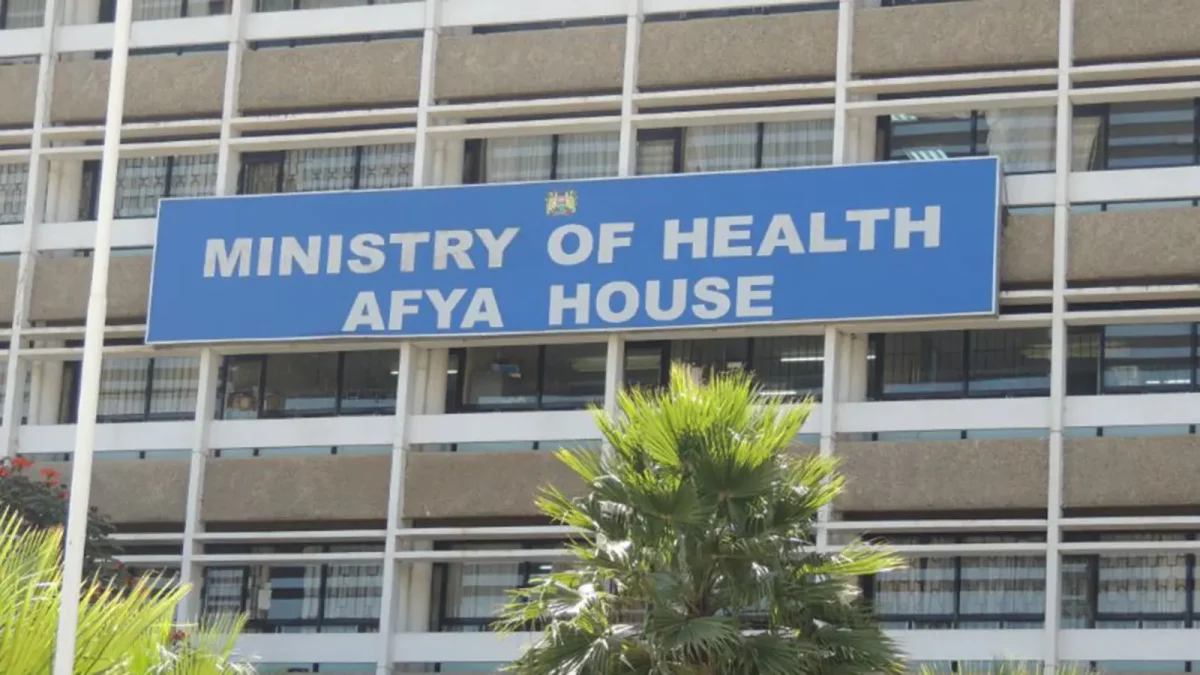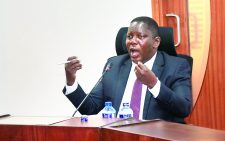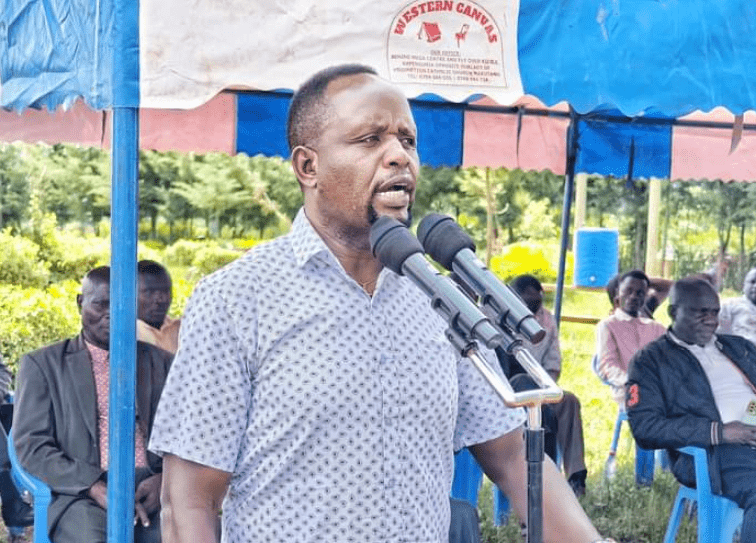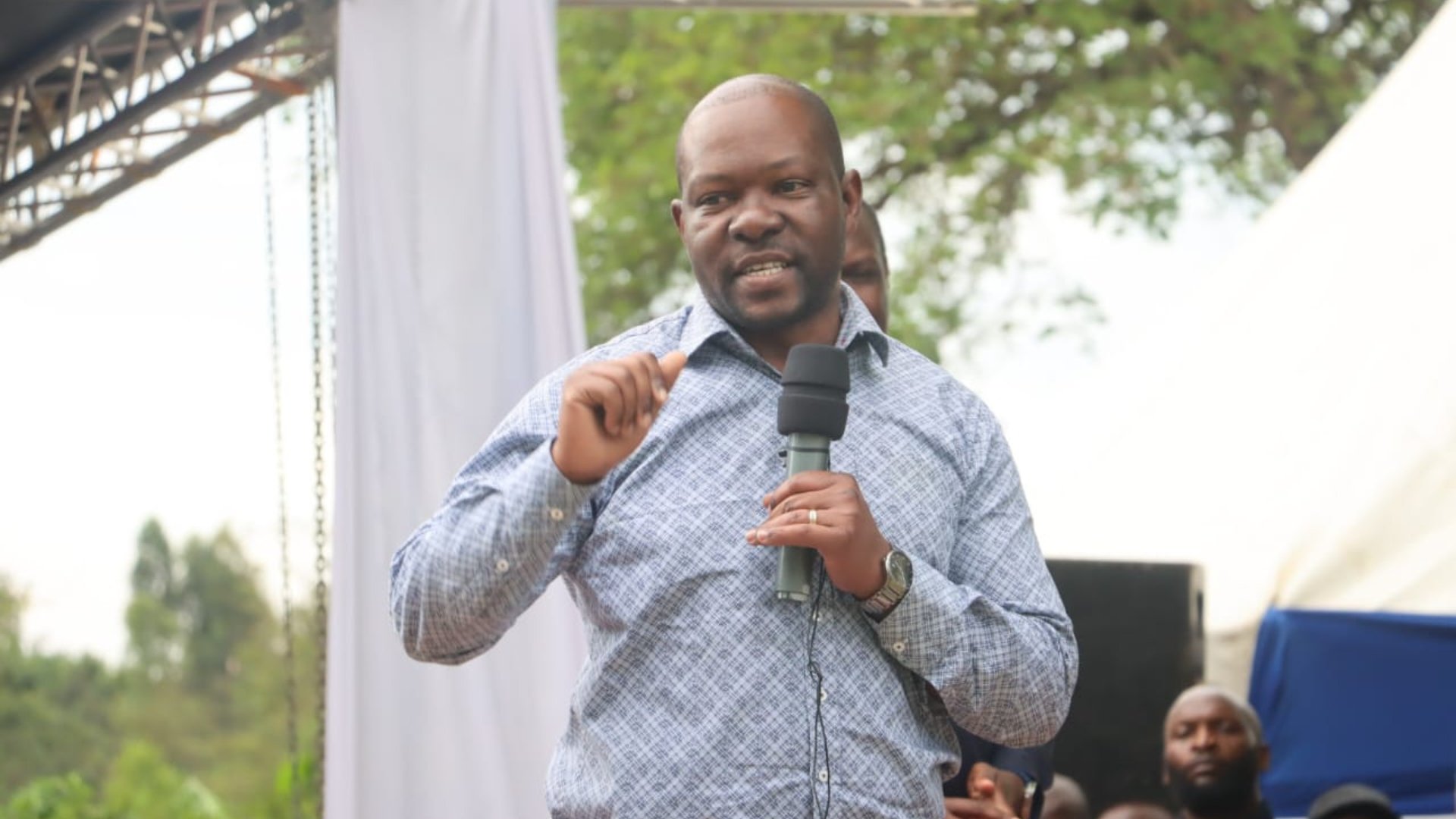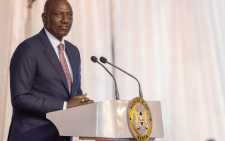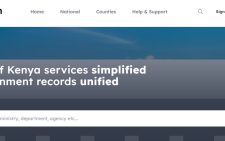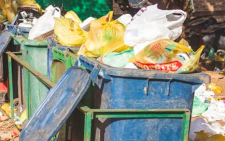End healthcare paralysis ahead of schools reopening
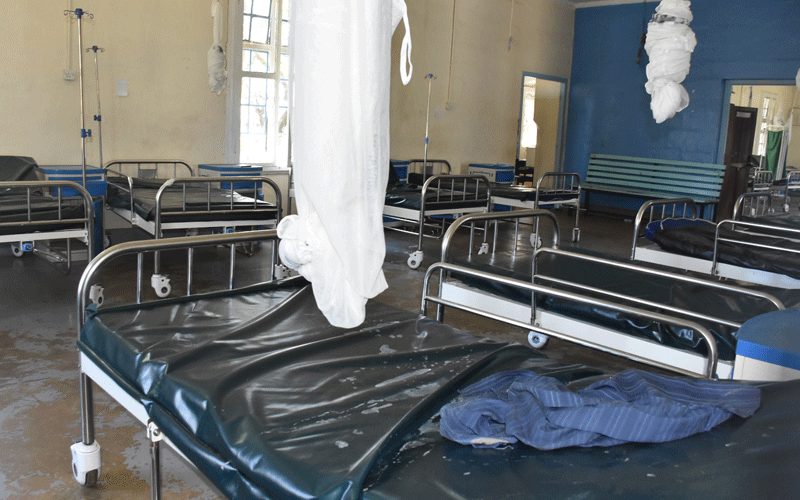
The government has made the decision to finally reopen schools on January 4, after it was forced to close them as part of containment measures due to the coronavirus pandemic. Students have been at home for 10 months now.
The reopening could not wait any longer because the initial opening date kept being pushed back as Covid-19 cases kept spiking.
The January date was seen as far enough to afford enough time for the infection curve to be flattened.
After the initial encouraging outcomes in flattening the curve, the government reopened the economy, and a second wave caused infections to spike.
It is now clear Kenyans must learn how to co-exist with Covid-19 and flatten the curve with a fully functioning economy.
So the country needs to prepare adequately for a safe return to schools next month.
Schools need to stagger reporting dates for students. They should return in batches of classes.
This will allow the schools to absorb the returning students in an orderly manner rather than the usual stampede that is the normal return to schools.
Phased reopening of schools say over a one-week period will mitigate the congestion in public transport termini countrywide, as well as the pressure on buses and matatus as desperate students scramble to board to get to school by roll call. The congestion and pressure is a lightning rod for virus spread.
The government must ensure schools are well equipped with facilities that are indispensable in containing the spread of the virus.
Water points, continuously flowing water, masks for students and teachers, and the additional desks that facilitate social distancing are a must, and government has to inspect and enforce.
For public schools, the responsibility for ensuring this is done lies with the Ministry of Education, while private schools will have to organise themselves with their parents.
Equally critical is that the Ministry of Health must solve the ongoing strikes by health workers conclusively before schools reopen.
One of the measures the Ministry of Education has put in place for reopening is that all schools must be linked to a health facility near them as part of the contingency measures to facilitate safe return to schools.
Imagine a school with a full complement of students reopening, and getting students infected by the coronavirus with no medical personnel available anywhere to assist in managing the outbreak!
Where would such a school take the students and teachers who need to be admitted, and who would treat those who need treatment?
Where would testing be conducted for the school community? Reopening of schools with a full-fledged strike by health workers is walking into a disaster.
The Health docket must, therefore, resolve the health workers strike, otherwise it will be foolhardy, nay, reckless, to reopen schools.
The government promised private schools it will establish a fund to assist them with loans to facilitate reopening.
The Ministries of Education and Finance must come up with the modalities how private schools can access this money now!
Finally, schools need to be as accommodative as possible to enable students to return when schools reopen, even if parents only manage to make partial fees payments.
As the economy recovers, parents will clear outstanding balances. Sending students home for failure to pay all fees on day one of school is counterproductive. Very few parents will have the capacity to do so.
The reopening will call for all parties to support each other to the hilt to facilitate a return to normalcy for both the schools and students. — [email protected]

